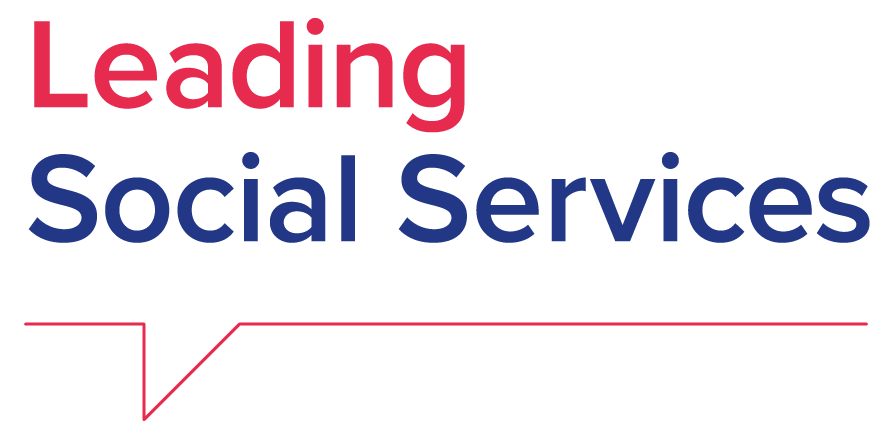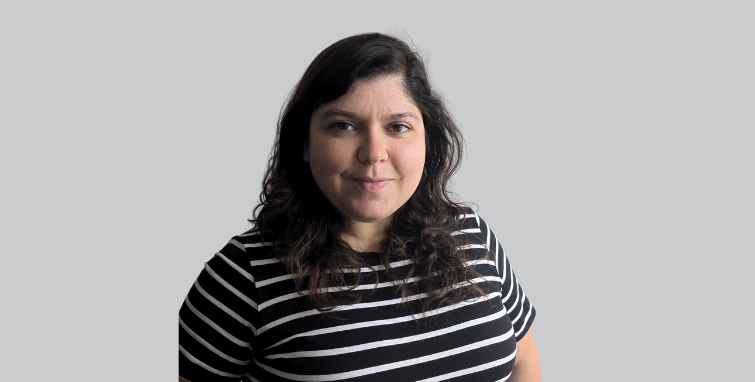Relational welfare is emerging as a transformative way of thinking about social support and well-being. The approach prioritises human relationships over rigid systems. Rather than focusing on bureaucratic, transactional service delivery, relational welfare aims to foster trust-based, empathic interactions. By shifting support from institutions into communities, relational welfare encourages professionals and citizens to work side by side.
In her vast published work [1] Hillary Cottam, social entrepreneur and policy advisor, argues that the dominant welfare systems in Europe and beyond were largely built in the aftermath of WWII to meet the needs of that specific historical moment. While these systems achieved significant progress, they were designed for an industrial era and often lack the flexibility and relational depth needed to tackle today’s challenges, such as chronic illness, inequality, migration and long-term social exclusion[2]. Speaking at the 2025 European Social Services Conference (ESSC) in conversation with Christian Bason, Hillary reflected: “These systems were born in an industrial age and are very transactional, but now we live in a different society with new problems such as migration”. She went further, noting that even the most efficient systems fall short if they lack the human connection “No leader can command the citizens to change. We need to foster horizontal relations between people.”
During the interview with Christian Bason, Co-founder of Transition Collective, Denmark, Cottam reflected on a 2004 study she led in the UK. The study focused on families who have been caught in cycles of poverty and welfare dependency for generations, with limited progress in areas such as employment, health or education. To better understand these challenges, a multidisciplinary team moved into the neighbourhood and worked alongside the residents. In a simple but powerful shift, mothers were asked to choose the professionals they wanted to work with. This simple act had a major impact, improving trust and engagement and showed that change must begin at the citizen level, responding to individual needs rather than imposing top-down solutions. It also raised important questions: What tools do citizens need to thrive? What capabilities should professionals develop to support them better?
The US perspective
Grace Hou, American Public Human Services Association Board Chair and Deputy Governor, Health, and Human Services (HHS) for the State of Illinois, United States, presenting at this year’s ESSC, shared insights from the perspective of the US, where relational welfare is also gaining traction even amid political and policy uncertainty. Hou pointed to programmes like Medicaid and SNAP (Supplemental Nutrition Assistance Program) as examples of systems that support millions through essential services. However, she warned that these very programmes are now at risk, with new legislative requirements threatening to strip coverage from millions.
Hou pointed to Illinois as an example where nearly 600,000 people in the state could lose access to healthcare due to new federal proposals that tie healthcare access to employment status. For Hou, this reflects a broader problem: they are risking having a system that punishes vulnerability rather than supporting people to thrive. She questioned how the US could use a relational human services approach. Arguing that the solution lies in listening to and involving people with lived experience in policymaking. “We, as public servants, are the voices of our communities,” she concluded.
The Danish perspective
Helle Obo, CEO of AskovFonden, a Danish NGO that develops social solutions for people who are vulnerable, shared at ESSC2025, her long-standing work on developing person-centred solutions. One of the key questions for AskovFonden is simple: “Do our interventions make a real difference in people’s lives?” This, Obo argued, strengthens the need to “shift from control to trust, from procedure to presence”. It is a transition that typifies relational welfare, Obo said. Namely, meeting people where they are before asking them to come to professionals.
Professionals must shift from assessing to asking, from telling to listening, from solving for people to collaborating with them, Obo told the conference. Designing services with, and not for, people requires asking questions like: “Where would you feel comfortable meeting?” and “Does this process make sense for you?” In doing so, citizens become active participants in planning their own journeys.
Opgang til Opgang: relational welfare in practice
In the Aarhus neighbourhood of Gellerup, the pioneering initiative Opgang til Opgang (“Staircase to Staircase”) has been reimagining how municipalities engage with families experiencing long-term unemployment. As outlined by the Social Development Centre (SUS) on its official website, the project was designed to start from a place of listening and working closely with families to understand what they needed to make progress, rather than imposing solutions.[3] A multidisciplinary team was created to work directly with 62 families, supporting their goals holistically, taking into consideration their individual needs, whether job-seeking, housing improvement, school attendance, or mental health issues.
What makes this project stand out is its team of professionals and how they work. Ten full-time employees from five different departments (employment, social and family services, health, children and youth, and leisure services) were brought together under one team leader, with shared authority across all administrative areas. This eliminated the need for families to navigate multiple systems, creating one point of contact, one relationship, and a unified support strategy.
Rehumanising welfare systems for the future
The stories and practices shared during ESSC2025 made one thing clear: relational welfare is not just an aspiration – it is a working, effective model already transforming public services. Shifting from transactional to human-centred approaches fosters trust, embraces lived experience, and tailors support to people’s actual needs.
Relational welfare empowers professionals, engages communities, and restores dignity to those it serves. In the face of growing social challenges, it offers a proven, sustainable path forward. The key question now is: can we afford not to invest in it?
[1] Cottam, H. (2011). Relational welfare. Soundings, (48), 134–144, https://doi.org/10.3898/136266211797146855 ; Cottam, H. (2018). Radical help: How we can remake the relationships between us and revolutionise the welfare state. Virago Press.
[2] Cottam, H. (2011). Relational welfare. Soundings, (48), 134–144, https://doi.org/10.3898/136266211797146855


